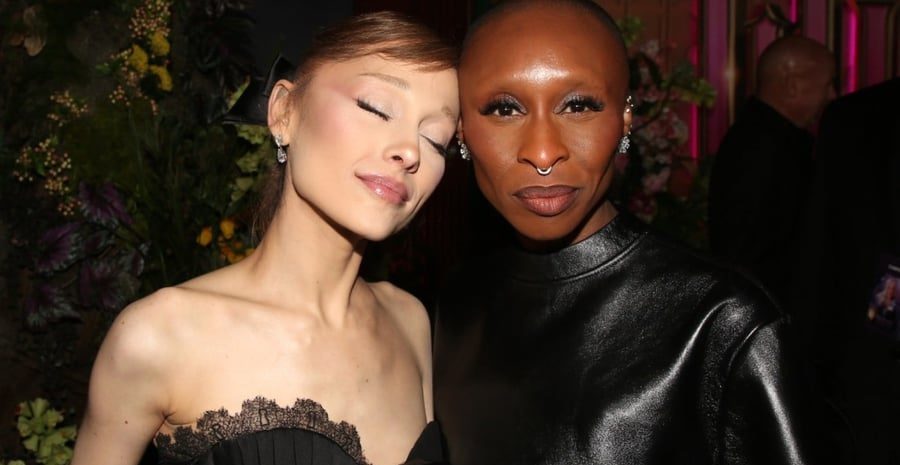MILES DAVIS’S STYLE REVISITED: INSIDE A JAZZ LEGEND’S WARDROBE

Fashion history meets music legacy
A new Wall Street Journal feature revisits the personal style of Miles Davis, unpacking how the jazz icon’s sharp tailoring, leather, and avant-garde silhouettes evolved with his sound. From narrow-lapel suits of the hard-bop era to bold 1970s stagewear, curators and designers trace how Davis fused European tailoring with American street sensibilities. The piece argues clothing was a creative instrument: a visual riff that expanded his persona beyond the trumpet. It documents collaborations with designers, his embrace of Italian cuts, and a willingness to experiment with fabrics and color that challenged jazz’s conservative stage codes. The spread also situates Davis within a lineage — from Duke Ellington’s elegance to contemporary artists who treat wardrobe as narrative.

For fashion readers, the story doubles as a guide to enduring menswear principles. The editors highlight proportion, fabric drape, and fit — elements that make archival Davis images look contemporary. They note the cyclical return of slim trousers and ankle boots, and how Davis’s preference for minimal accessories still reads modern. Beyond nostalgia, the feature invites a broader question: how artists use clothes to set mood, signal rebellion, and therefore shape cultural memory. It also touches on the mechanics of museum preservation, where stage-worn garments are stabilized and contextualized, ensuring future audiences grasp their cultural weight. The subtext is clear: great style, like great music, is composition — choices in rhythm, texture, and restraint.
Why it matters now
Style retrospectives risk sentimentality, but the Davis lens feels timely. Men’s fashion is again navigating between maximal and pared-back aesthetics; musicians remain bellwethers. The Journal’s lookbook argues for craft over hype and shows how a coherent wardrobe can travel decades without losing currency. For younger creatives, there’s a lesson in precision: edit aggressively, play with silhouette, and let fabrics speak. For archivists, the piece underscores the value of preserving performance garments as material history. And for jazz lovers, the wardrobe is another way to hear Davis — a visual improvisation that keeps the conversation alive.






















